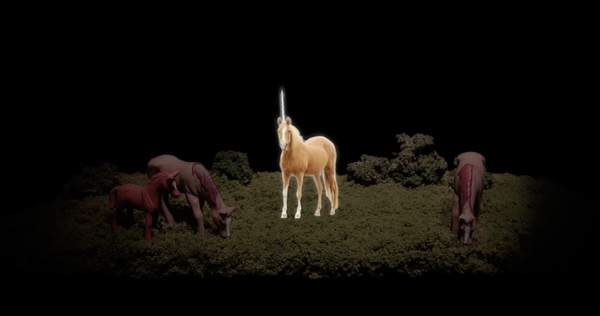After going to this show, I spent the next two days holed upreading Rebecca West’s Black Lamb and Grey Falcon: A Journey Through Yugoslavia.
In around 1200 pages, West details her journey with her husband to Yugoslavia after World War One. Indistinguishable between fiction and non-fiction, she tells stories of past and present lives and experiences, bridging the distance between the reader and the experience. The story opens on a train:
I could not have gone on to justify my certainty that this train was taking us to a land where everything was comprehensible, where the mode of life was so honest that it put an end to perplexity.
I keep returning to this sentence, pondering if her sentiment is mine. My neighbors are currently getting evicted by local developers, which feels liketechnology, war, Progress, and for what? I unintentionally used two therapy sessions to talk about how hard it is to successfully incorporate social media into my life and practice. I have not finished the book, but the Second World War looms inevitably in West’s journey and Yugoslavia will soon be abolished leading me to assume that “the end of perplexity” must always be fleeting on the horizon, a metaphoric unicorn.
Image may be NSFW.
Clik here to view.
Elisheva Biernoff, House of Cards, 2012-13, 15 acrylic on 1/32" plywood paintings, overall: 10.25 x 6.25 x 2.25 inches, each card: 3.5 x 2.25 inches; Courtesy the Artist and Eli Ridgway Gallery.
Amidst a handsomely curated installation of small hand painted replicas of photographs, Biernoff’s House of Cards, 2012-2013, stands in the center of the gallery. As the title implies, it is a to-scale replica of the structure so many of us could never pull off as kids. Made of plywood, each “card” is hand painted on each side by Biernoff and placed (or rather, adhered) together with some cards facing upside down, others not, as if the artist had assembled this in her living room from a shoebox full of random decks. The imagery on the back of each of Biernoff’s cards is recognizable and varied, her execution unable to escape the term trompe l’oeil. One card depicts a male character I recognize from Greek vessels made during the Red Figure period, another appears to be a reproduction of an ukiyo-e style Japanese wood block print, another depicts a sitting unicorn, and yet another is a tiny replication of the cover of Black Lamb and Grey Falcon.
While using adhesive is technically considered cheating when building a house of cards, it is the proverbial meaning of the expression of the term, relating to a formation or argument made up of unstable parts that the organizer cannot control, which stands out. I had never heard of Rebecca West. Was she real? Was it a real book? Do they make decks of cards with covers of books on them? I didn’t know I would spend the next two days reading the first part of Black Lamb and Grey Falcon, but that card in particular emphasized all the allegory inthis sculpture.
Image may be NSFW.
Clik here to view.
Elisheva Biernoff, Mountains of Instead, 2013, (interior) DVD player, glass and diorama in wooden enclosure, 66 x 14 x 13.5 inches; Courtesy the Artist and Eli Ridgway Gallery.
Taken together, even if not actually a book orsome ancientGreek, these images allude to many histories, perhaps some conflicting and some, like West’s book, born out of times of great uncertainty. The meta-layers or narratives are indeed complex, yet this small sculpture reiterates the eloquence I found in West’s book, a moment of simplicity and balance amid a world we cannot control. Knowing that at any moment another war may happen, or I may trip and knock down Biernoff’s sculpture underscores the fragility of our existence, finding us often on the edge of the horizon reaching toward the end of perplexity.
(Image on top: Elisheva Biernoff, Blossom, 2013 , Acrylic and oil on 1/32" plywood, 3.5 x 5.5 and 3.5 x 3.5 inches; Courtesy of the Artist and Eli Ridgway Gallery.)